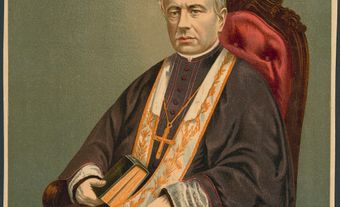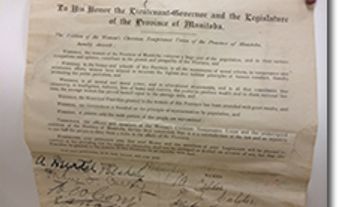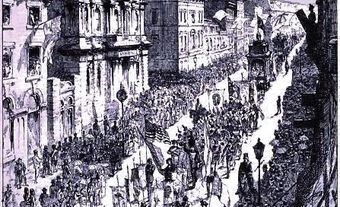Critical as well of modern capitalism, the New Left advocated confrontations with that system by dissident intelligentsia and workers, and by the poor, Black Canadians, Indigenous peoples, and racialized minorities. It included supporters of every position between nonviolent civil disobedience and libertarian socialism.
In Canada, the ideas of the New Left were argued about and practised by the Student Union for Peace Action, the Canadian Union of Students, Students for a Democratic University and the Union générale des étudiants de Québec - highly decentralized organizations that were active on a regional, even local, basis. Also active in the debates were Our Generation and Canadian Dimension magazines. Among issues raised by the Canadian New Left were nuclear disarmament, community organizing, the "multiversity,"American control of the economy, the composition of the working class, Québecois separatism and sexual inequality.
After the October Crisis (1970) the New Left fell into disarray, although it was also weakened by the incursion of government-sponsored groups (eg, The Company of Young Canadians, which was established to support, encourage and develop programs of social and economic reform); by failure to link up with working-class organizations and by the lack of a sustained program and strategy for social change. In the 1970s many adherents entered the women's liberation movement, the Parti Québécois and various Marxist-Leninist groups. New Left ideas have been revived in the antinuclear movement.

 Share on Facebook
Share on Facebook Share on X
Share on X Share by Email
Share by Email Share on Google Classroom
Share on Google Classroom


